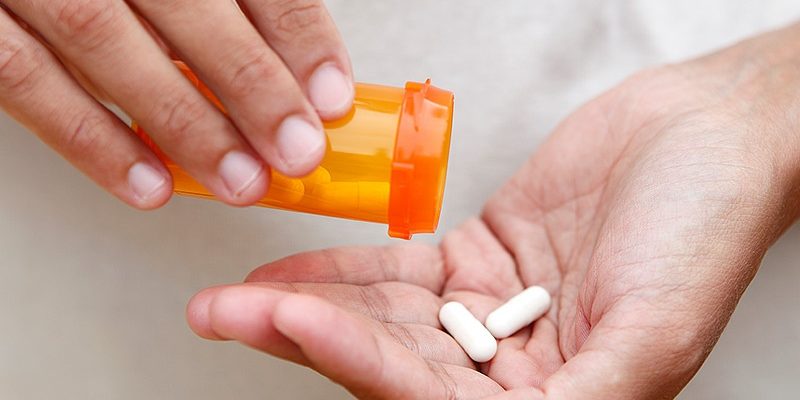The pituitary gland is located under the hypothalamus, which is suspended by a small rod – the pituitary rod. Above and in front of the hypophysis, there is the optic chiasm, containing the nerve fibers coming from the two retinas. The internal structure of the hypophysis consists of two portions, separated from each other, working independently: antehiphophysis in front and posthyphophy in the back.
Functioning:
Antehiphophysa produces 5 hormones: tireotrophin (tsh), corticotrophin (A.C.T.H.), gonadotrophins (FSH and LH) and somatotrophin (STH) responsible for growth in a baby. These hormones are also called stimulants. These secretions are in turn ordered by the hormones of the hypothalamus. Antehiphophysis also secretes prolactin (responsible for lactation in a woman). Posthipophyse serves as a temporary storage site for two hormones of the hypothalamus, antidiuretic hormone, or ADH (which prevents kidney water from being discharged when not in the body) and ocitocin (which stimulates contractions of the uterus in a woman at the time of a birth).
Hormones, glands and growth:
Many secondary growth disorders are caused by problems of the hormonal system (endocrine), as well as the deficiency in pituitary growth hormone. The endocrine system is composed of a number of hormone-secreting glands.
The glands, and hormones released by them, regulate many processes in the body; from growth to puberty, metabolism and reproduction, hormones play a role in almost everything we do.
The glands involved in the growth process are:
- The pituitary gland – connected to the hypothalamus – is known as a “master gland” and is responsible for the release and control of a number of hormones.
- Thyroid gland – located at the base of the neck. Thyroid hormones are thyroxine (T4) and triiodothyronine (T3). These hormones regulate metabolism in the body and support growth hormone activity, which cannot function without thyroxine.
- Adrenal glands – There are two adrenal glands, one above each kidney. Adrenal glands produce more hormones, including cortisol. Cortisol plays an important role in metabolism: it supports the conversion of proteins and fats into glucose. Cortisol also inhibits growth.
- Pineal Gland – Found at the base of the brain, it produces the hormone called melatonin, which is involved in sleep regulation.


